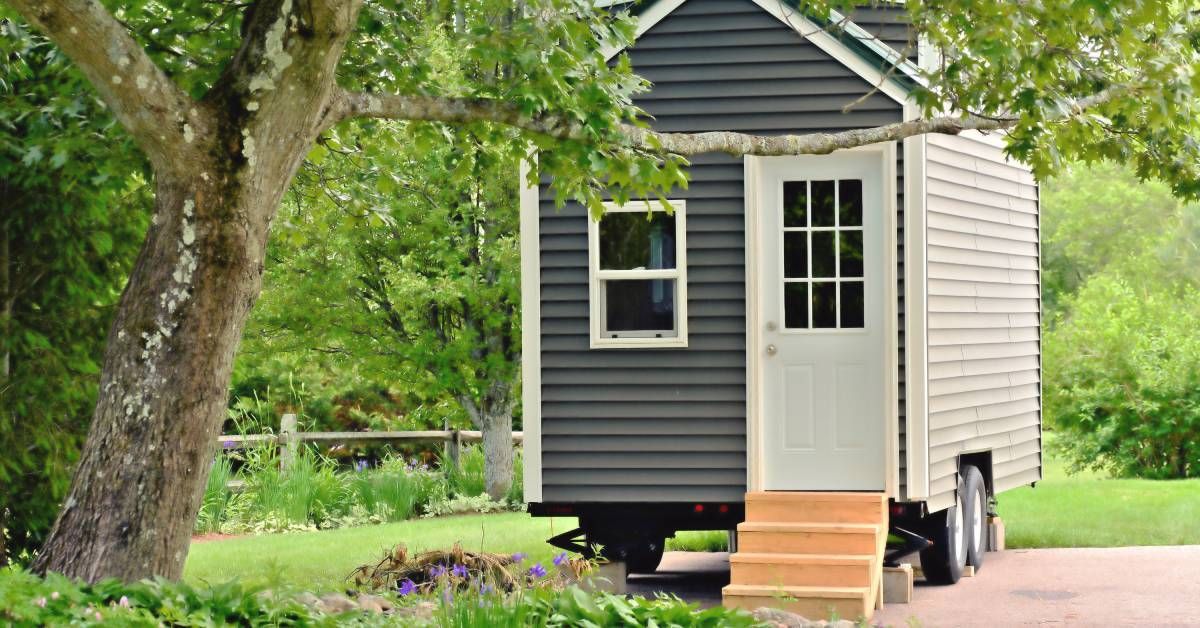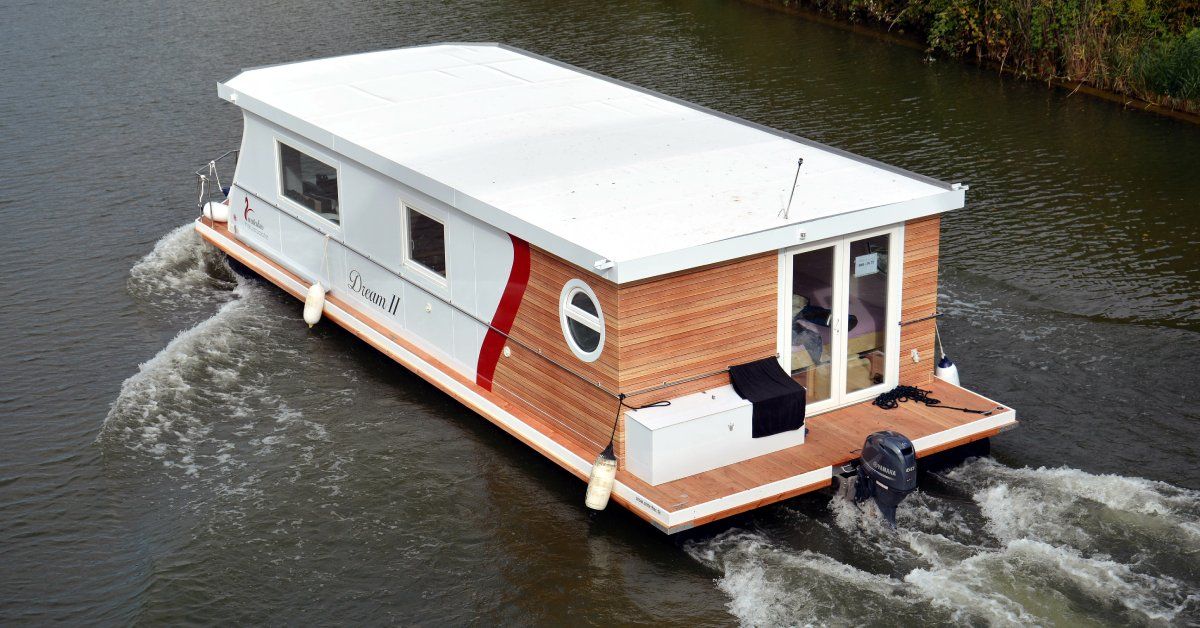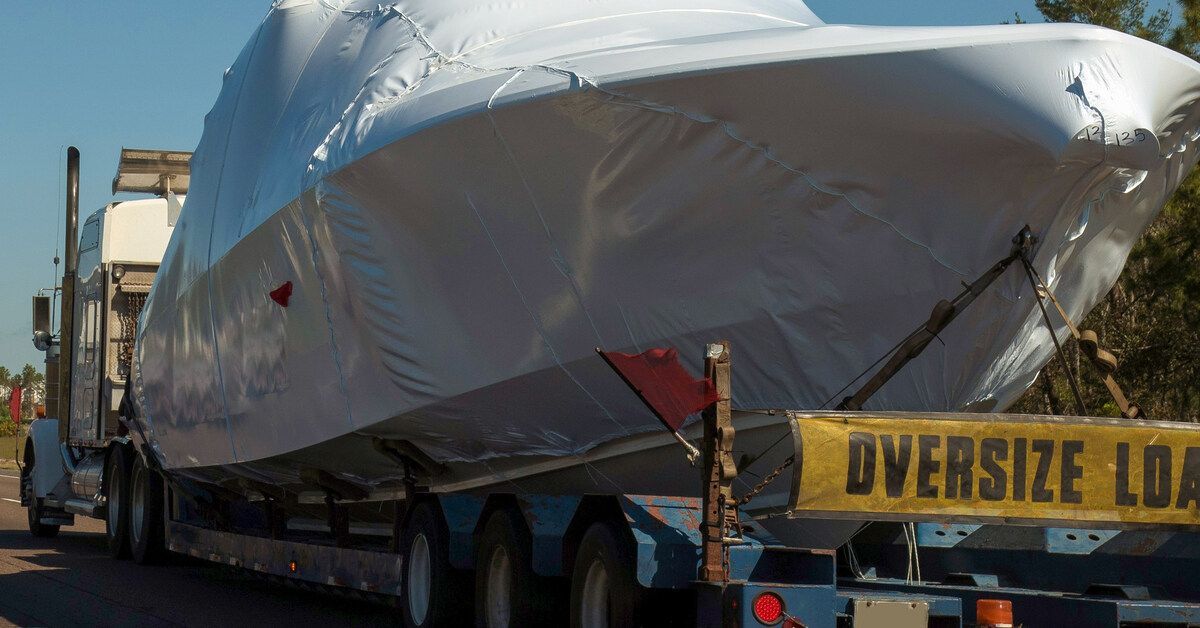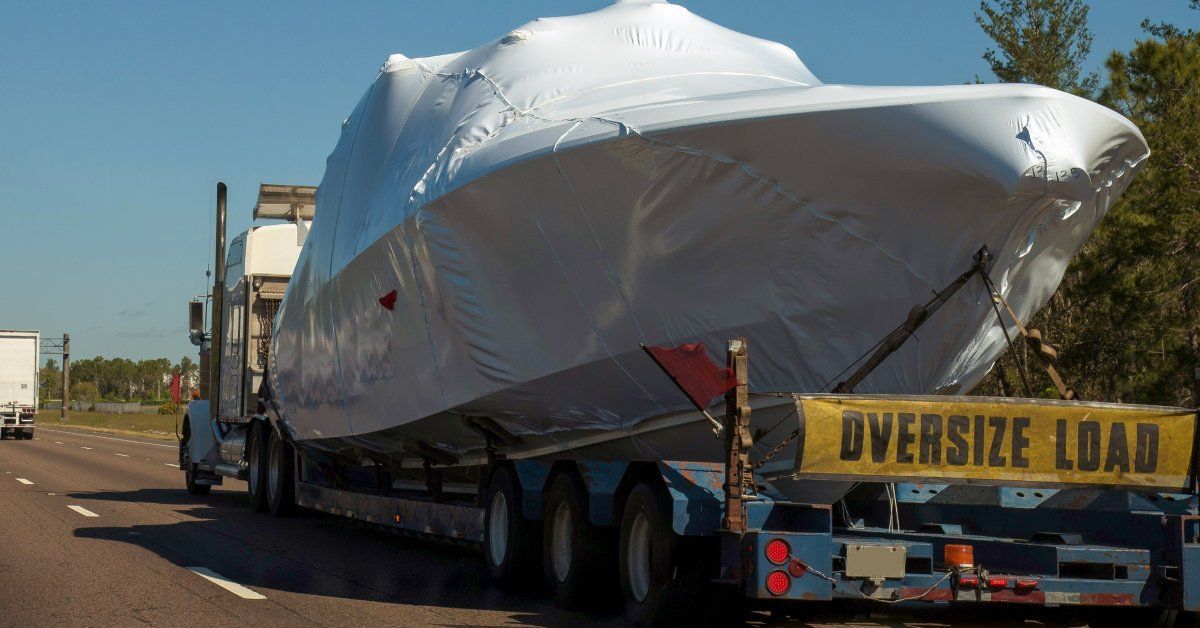Regulations To Be Aware of When Moving Your Tiny Home
Tiny homes offer minimalist lifestyles and emphasize simplicity. However, the growing tiny home trend presents challenges, especially regarding transportation.
Moving a tiny home from one location to another isn’t as simple as hitching it to a vehicle and hitting the road. Various regulations govern the transportation of these mobile structures; understanding the rules is essential for anyone looking to relocate their tiny dream house safely and legally. Continue reading for an in-depth examination of the regulations to be aware of when moving your tiny home.
The Popularity of Tiny Homes
In recent years, the tiny home movement has become more popular. More individuals and families are choosing to downsize to reduce expenses, minimize their environmental impact, and foster a more intentional lifestyle. The appeal lies in the freedom of mobility, the simplicity of living with fewer possessions, and the ability to design a customized space that reflects personal values and needs.
Tiny homes present an alternative to traditional housing options, often offering greater flexibility in terms of location and design. This burgeoning trend caused an increased interest from those who wanted to break free from the constraints of conventional housing markets. With housing costs rising, tiny homes provide an affordable solution that allows individuals to own their space without the burden of mortgage payments or rental fees.
Understand the Regulations of Tiny Home Transportation
Transporting a tiny home involves navigating through a maze of regulations. These rules are present to ensure the safety of homeowners and fellow drivers. The regulations encompass aspects such as weight limits, width and height restrictions, and licensing requirements. Knowing these rules beforehand can save owners from fines, delays, or accidents.
Weight Limits
One of the most critical regulations is weight limits. Tiny homes, despite their name, can be quite heavy, especially if they’re weighed down with personal belongings and furniture.
Exceeding the weight limit for your towing vehicle or trailer can lead to mechanical failures or accidents while driving. It’s essential for tiny home owners to know the weight of their home and ensure it falls within legal limits. This sometimes means reducing the load by storing items separately during the move.

Width and Height Restrictions
In addition to weight, tiny homes must adhere to width and height measurements. These restrictions are in place to guarantee that the structures safely travel on public roads without obstructing traffic or causing accidents. If a tiny home exceeds width and height dimensions, it may require special permits or an escort vehicle to ensure safe passage. Owners should measure their homes carefully and make any necessary modifications to comply with these regulations.
License Requirements To Transport Tiny Homes
Depending on the size and weight of the home, the driver may need a special license or endorsement to tow it legally. It’s important for tiny home owners to check with their local Department of Motor Vehicles to understand the requirements. Ensuring that you have the right license can prevent legal issues, so you can smoothly transport your home.
Tips for Following Transportation Regulations
For tiny home owners, these regulations can impact their moving plans. Transporting a tiny home requires careful preparation. Owners must consider the cost of permits, potential modifications to their homes, and the possibility of hiring professional movers. Although this information might seem overwhelming at first, understanding and complying with these regulations can ultimately lead to a successful, stress-free move.
Acquire Permits Promptly
Obtain the necessary permits ahead of time. This can involve contacting state or local authorities to understand the requirements and completing any necessary paperwork.

Modify Your Home for Transport
Sometimes, complying with regulations may require modifying your tiny home. This could involve temporarily removing certain features that exceed width or height restrictions or reinforcing the structure to handle the stresses of travel. You should plan these modifications well in advance to avoid last-minute delays.
Consider a Professional Transport Company
When it comes time to move your tiny home, using a professional moving company can be a wise decision. These companies have experience transporting tiny homes and understand the intricacies involved in ensuring a safe, efficient move. A professional mover will avoid common pitfalls, such as securing proper permits and ensuring that your home is roadworthy.
Furthermore, hiring a professional moving company can also provide peace of mind. Knowing that your tiny home is in capable hands allows you to focus on the excitement of your new adventure rather than worrying about logistics.
The cost of hiring a mover may be higher than tackling the move yourself. Nevertheless, the investment is worth the time and stress you’ll save.
Evaluate and Choose a Reliable Transport Company
Selecting a reputable transport company is a critical decision to guarantee your tiny home reaches its new destination safely. Begin by researching various companies; focus on those with a solid track record and positive customer feedback, as these are good indicators of reliability and customer satisfaction.
Additionally, verify that the companies have specific experience with tiny homes. Ample knowledge of transporting tiny homes will significantly influence the company’s ability to handle the move.
It’s also beneficial to explore how the transport company will manage logistics, such as securing permits and handling unexpected obstacles. Make sure to request quotes from several companies and take the time to compare their services, ensuring you find one that fits both your budget and transportation requirements.
Enjoy a Smooth and Successful Relocation
Learning the regulations to be aware of when moving your tiny home is essential for a safe, legal move. These rules are in place to protect everyone on the road and tiny home owner’s investment. By taking the time to learn about these regulations and preparing accordingly, tiny home owners can enjoy a successful relocation without substantial stress weighing them down.
At Coast to Coast Transportation, we’re experts at transporting tiny homes. We can relocate your small home to your desired location with ease. Coast to Coast Transportation offers top-notch transport equipment, careful handling procedures, and 24-hour customer service. Contact us to get a quick quote today!










